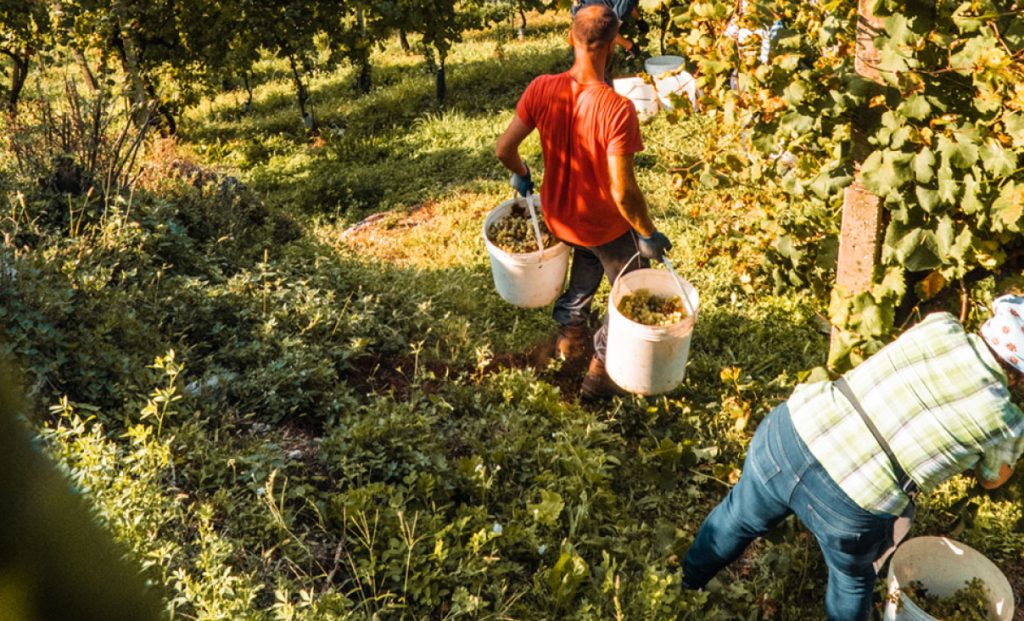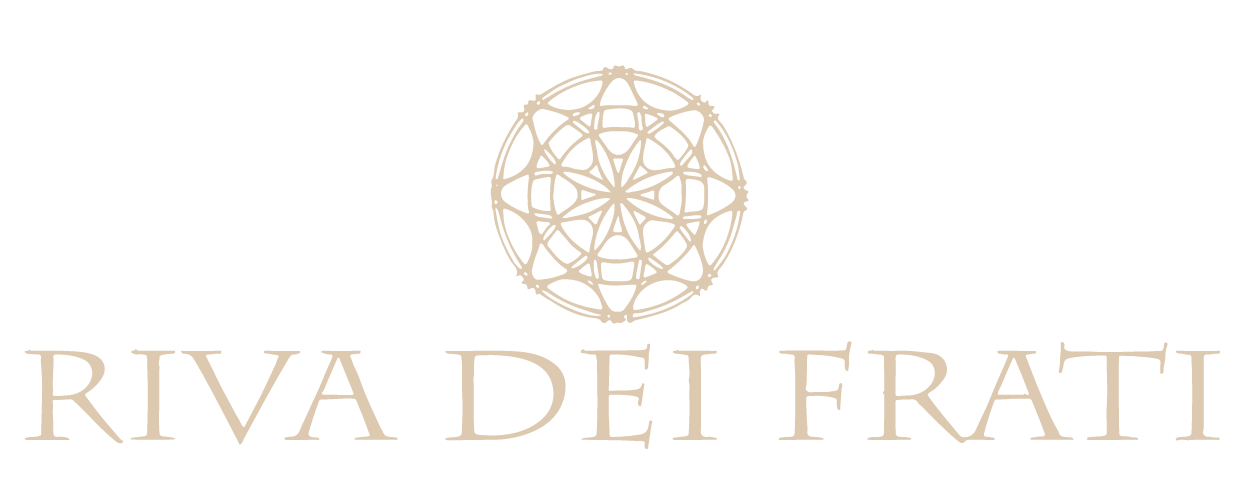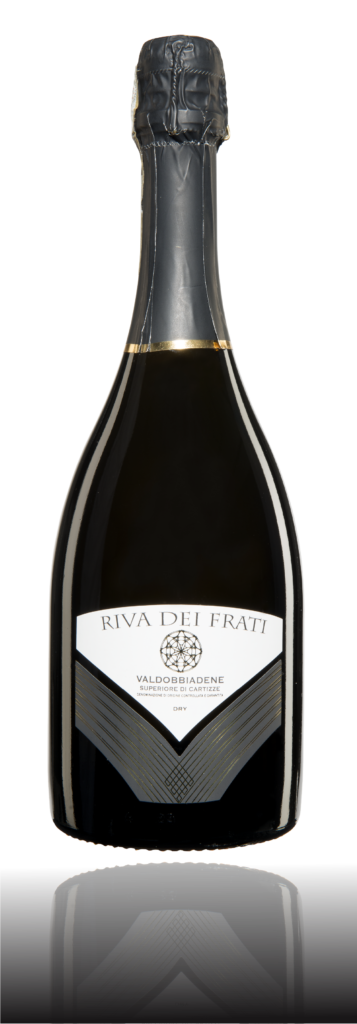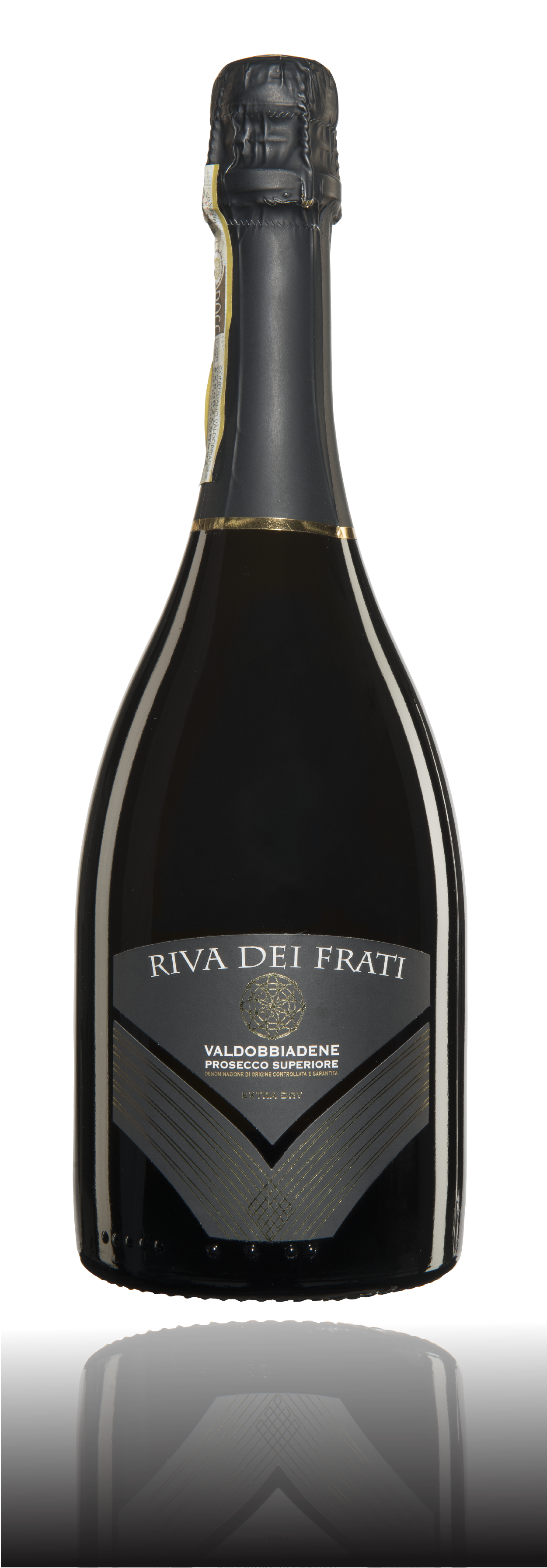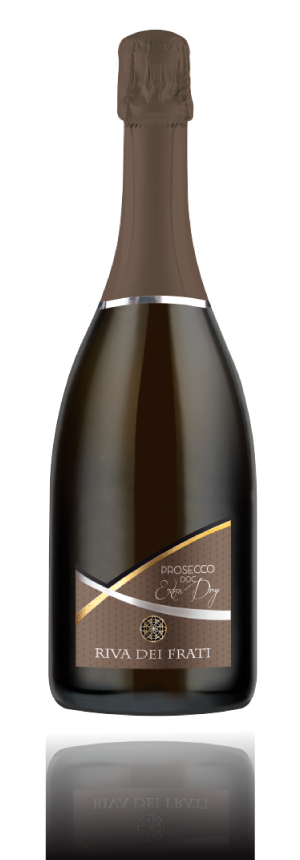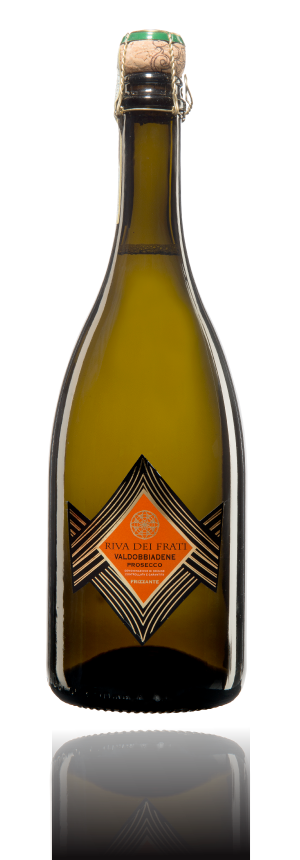P r o d u c t i o n
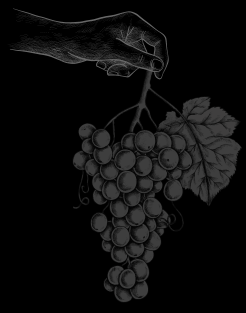
Among the slopes of conegliano valdobbiadene
the grape harvest by hand
Harvesting in our vineyards usually takes place between mid and late September. This tradition is not only rooted in history but also made necessary by the morphology of the terrain, which requires that all grapes be picked exclusively by hand.
Each bunch is carefully selected one by one — a meticulous process that allows us to preserve the integrity of the berries and prevent any unwanted fermentation before they reach the winery.

The "mosto fiore"
Vinification
For winemaking, the first crucial step is destemming, which helps reduce the tannins in the stems. After destemming, the must and skins pass through a press where the skins are softly and gently squeezed.
The free-run must – first allowed to settle at a cool temperature between 5 and 10 degrees – is then clarified through centrifugation, refrigeration and filtration operations. Sulfur dioxide is added later to aid in clarification and to prevent oxidation.
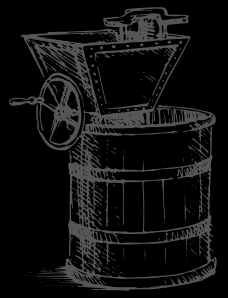

From must to wine
Fermentation
Selected yeasts are added to the must in the tan to aid the natural indigenous yeast charge. These yeasts feed on the nitrogenous compounds transferred from the grapes to the must and consume the oxygen present. Once the oxygen is depleted, alcoholic fermentation begins.
As fermentation progresses, the sugar content and the density of the must decrease while the alcohol content increases. When consecutive measurements show stable alcohol levels, fermentation is cosidered complete.
Next, the wine is racked to remove the lees settled at the bottom of the tank. This is followed by the maturation and stabilization of the base wine, preparing it for the subsequent sparkling wine production.

The Martinotti Method
sparkling wine
The sparkling wine production technique known as the Charmat or Martinotti method, is characterized by the use of autoclaves: large stainless steel tanks where temperature and pressure are controlled. Here the second fermentation stage takes place, allowing carbon dioxide to be retained and absorbed by the wine.
In the autoclaves sugar and yeast are added, initiating the sparkling process which lasts about 30 days at a controlled temperature of 13°C. This method helps preserve the fruity and floral aromas of the grapes, giving elegance and freshness to the wine.
Once the desired alcohol level is reached, the fermentation process is stopped, leaving the residual sugar behind. This interruption is therefore achieved early for sweeter sparkling wines and late for drier ones.
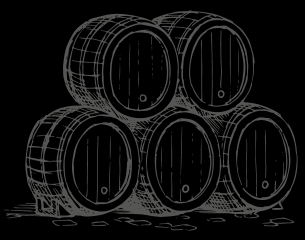

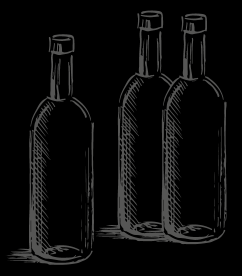
the crowning achievement of a year's work
Bottling Process
Following a careful filtration process, the yeast gets removed, ensuring that the wine reaches the perfect stability. At the end then of the maturation period, our Prosecco Superiore undergoes the final filtration, and it gets again clarified and stabilized. It is then ready to be bottled, corked, and beautifully packaged.
The Prosecco Superiore Shores
The ritual of the grape harvest
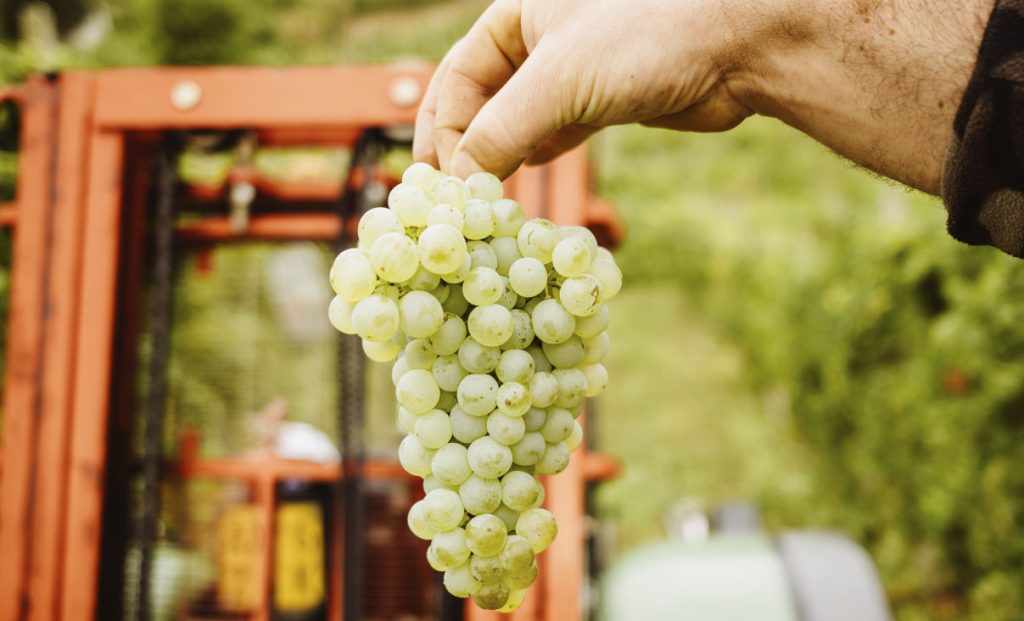
One of the unique characteristics of this area is the steep, grassy slopes also known as “Rive”. The term, rooted in the local dialect, refers to the most vertical vineyards in area, where the terrain almost feels vertiginous. These slopes, with their exceptional terroir, impart an outstanding quality to the grapes. This is where heroic harvesting takes place, an effort akin to climbing that demands strength and tenacity to ensure that the best fruit is carefully gathered.
